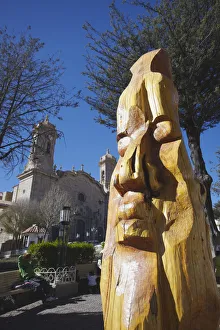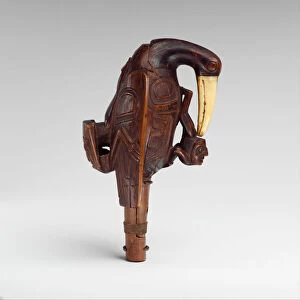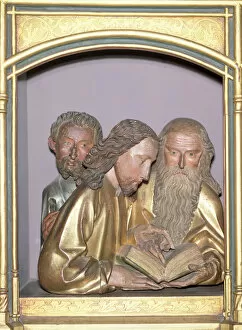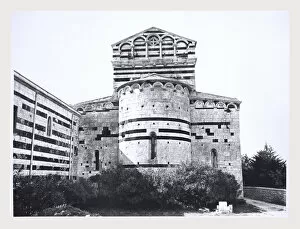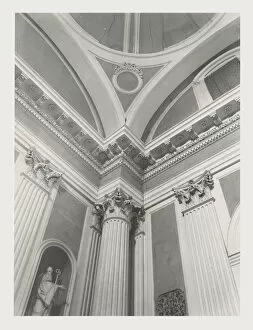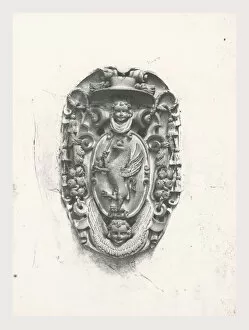Wooden Sculpture Collection
Wooden sculptures can be found in various parts of the world, showcasing the artistic prowess and cultural heritage of different regions
All Professionally Made to Order for Quick Shipping
Wooden sculptures can be found in various parts of the world, showcasing the artistic prowess and cultural heritage of different regions. In Plaza 10 de Noviembre, Potosi, Bolivia (a UNESCO World Heritage Site), a magnificent wooden sculpture stands tall, capturing the attention of passersby. This masterpiece depicts intricate details and craftsmanship that reflect the rich history and traditions of this South American country. Another remarkable example is the Raven Rattle from c. 1840, crafted with wood and ivory. Its delicate design showcases the skillful blending of materials to create a unique piece that resonates with both beauty and functionality. Moving on to another era, we come across the Raven Bowl from c. 1870. Made from wood and paint, this sculpture exhibits an exquisite blend of colors that enhance its aesthetic appeal while preserving its original form. A Totem Pole Model dating back to 1875-85 catches our eye next. Crafted using wood and pigment, it represents indigenous cultures' deep connection with nature through symbolic carvings that tell stories passed down through generations. Traveling now to Italy's Sardinia Nuoro Bosa Cathedral or Sassari Borutta S. Pietro di Sorres reveals more wooden sculptures adorning these sacred spaces. These masterpieces showcase religious figures intricately carved out of wood—a testament to both faith and artistry. In Marches Pesaro Fossombrone Cathedral in Italy's picturesque countryside lies yet another treasure—a wooden sculpture depicting St. Francesco—an embodiment of devotion captured through skilled hands working with passion. Umbria also boasts stunning examples like Terni S. Pietro or Perugia Foligno S. Domenico—wooden sculptures representing saints whose lifelike features evoke a sense of reverence among visitors who witness their presence within Italian churches' hallowed walls. From ancient Bolivian plazas to European cathedrals steeped in history, wooden sculptures transcend time and borders.



